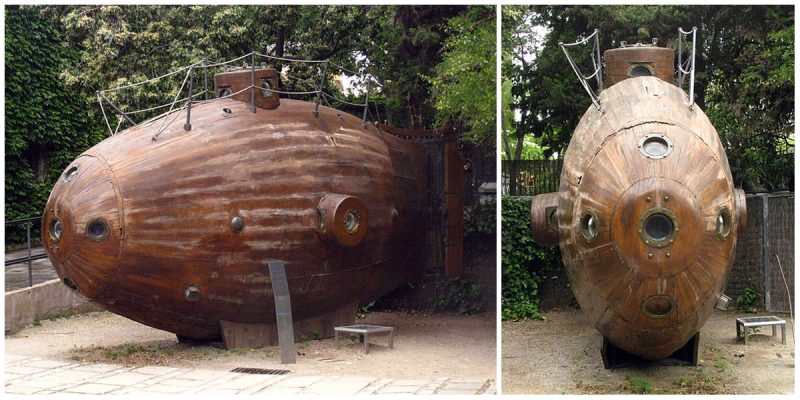Ictineo I was a pioneering submarine constructed in Barcelona, Spain in 1858–1859 by engineer Narcís Monturiol i Estarriol. It was 7 m (23 ft) long with a beam of 2.5 m (8 ft 2 in) and draft of 3.5 m (11 ft). Her intended use was to enable the harvest of coral. It is likely she was inspired by the prototype Brandtaucher of Wilhelm Bauer, completed in 1851, as Monturiol studied all the available science of submersibles. Ictineo’s prow was equipped with a set of tools suited to the harvest of coral. Monturiol had already named his vessel Ictineo, from the ancient Greek icthus (fish) and naus (boat). The vessel had a double hull – a spherical inner shell that resisted the water pressure, and an outer fish-like shell that protected the submarine and was used for steerage and hydrodynamics.
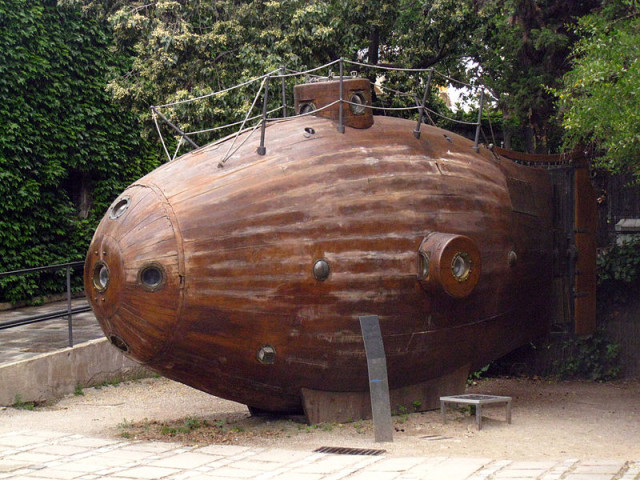
The pressure hull was constructed from olive wood, supported with oak rings, and covered in 2 mm of copper, and measured 4 metres (13 ft) long, 2 metres (6.6 ft) at its highest, and 1 metre (3.3 ft) wide. Monturiol calculated that it should be able to maintain its integrity to a depth of 500 metres (1,600 ft), although he only rated it to 50 metres (160 ft) for the sake of safety. The outer streamlined hull was 7 metres (23 ft) long, 2.5 metres (8.2 ft) high, and displaced 10 tonnes. Several thick glass ports were installed on the sides, top, and bow of the Ictineo; these were semi-conical in shape so that water pressure would tend to force them more firmly into their seats and so avoid leaks.

As he put it, the Ictíneo’s “form is that of a fish, and like a fish, it has its motor in the tail, fins to control its direction, and swimming bladders and ballast to maintain an equilibrium with the water from the moment it submerges”. In 1858, he presented his project in a scientific thesis titled “El Ictineo o barco–pez“, (The Ictineo or fish-ship).
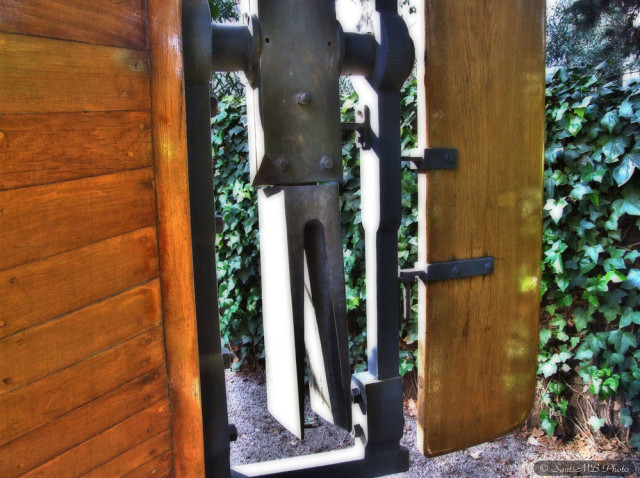
Despite the low-tech appearance, the Ictíneo was a marvel of sophisticated technology, decades ahead of its time. During the summer of 1859, Monturiol performed more than 20 dives in Ictineo, with his business partner and shipbuilder as crew. Ictineo I possessed good handling, but her top speed was disappointing, as it was limited by the power of human muscles.
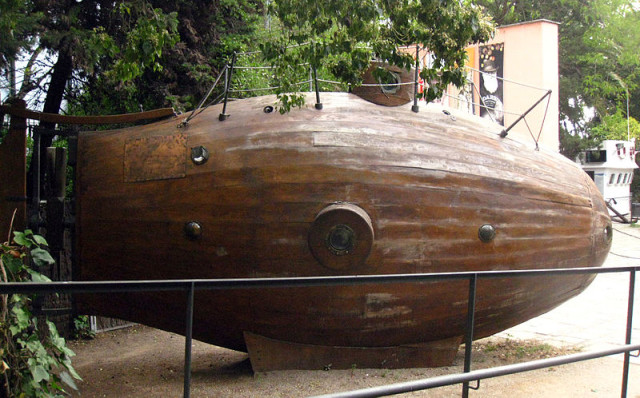
The technical success of this submersible created popular enthusiasm but no support from the government. As a result, Monturiol wrote a “letter to the nation”, asking the people of Spain to support his project. The fundraising was a great success, bringing in 300,000 pesetas from the people of Spain and Cuba.
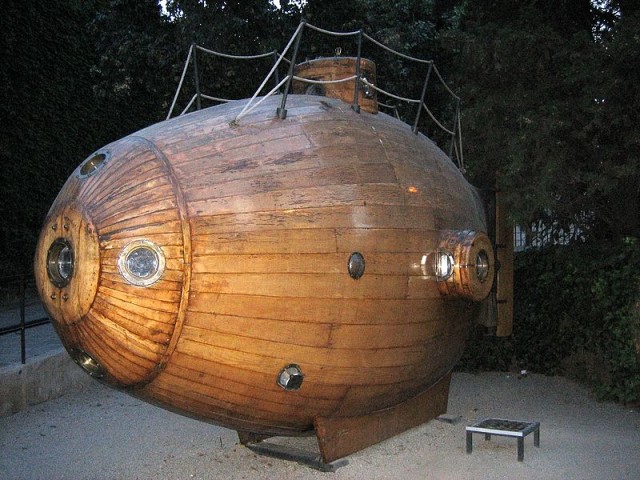
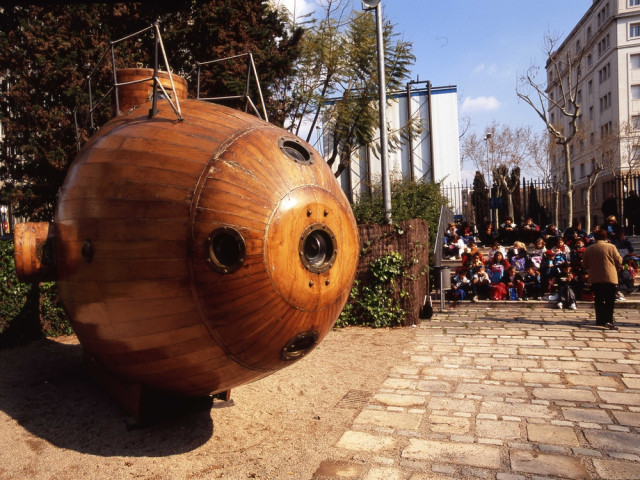
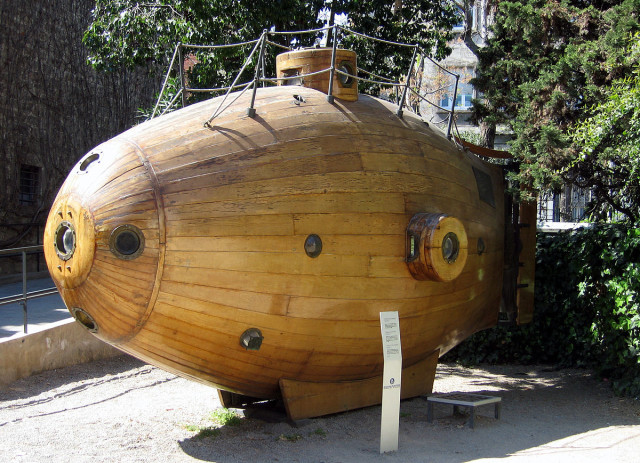
Ictineo I was eventually destroyed by accident in January 1862, after completing some fifty dives, when a cargo vessel ran into her at her berth. With the money obtained from the subscription, the company La Navegación Submarina was formed with the objective of developing Ictineo II.
A modern replica of Ictineo I stands in the garden entrance to the Marine Museum in Barcelona.
